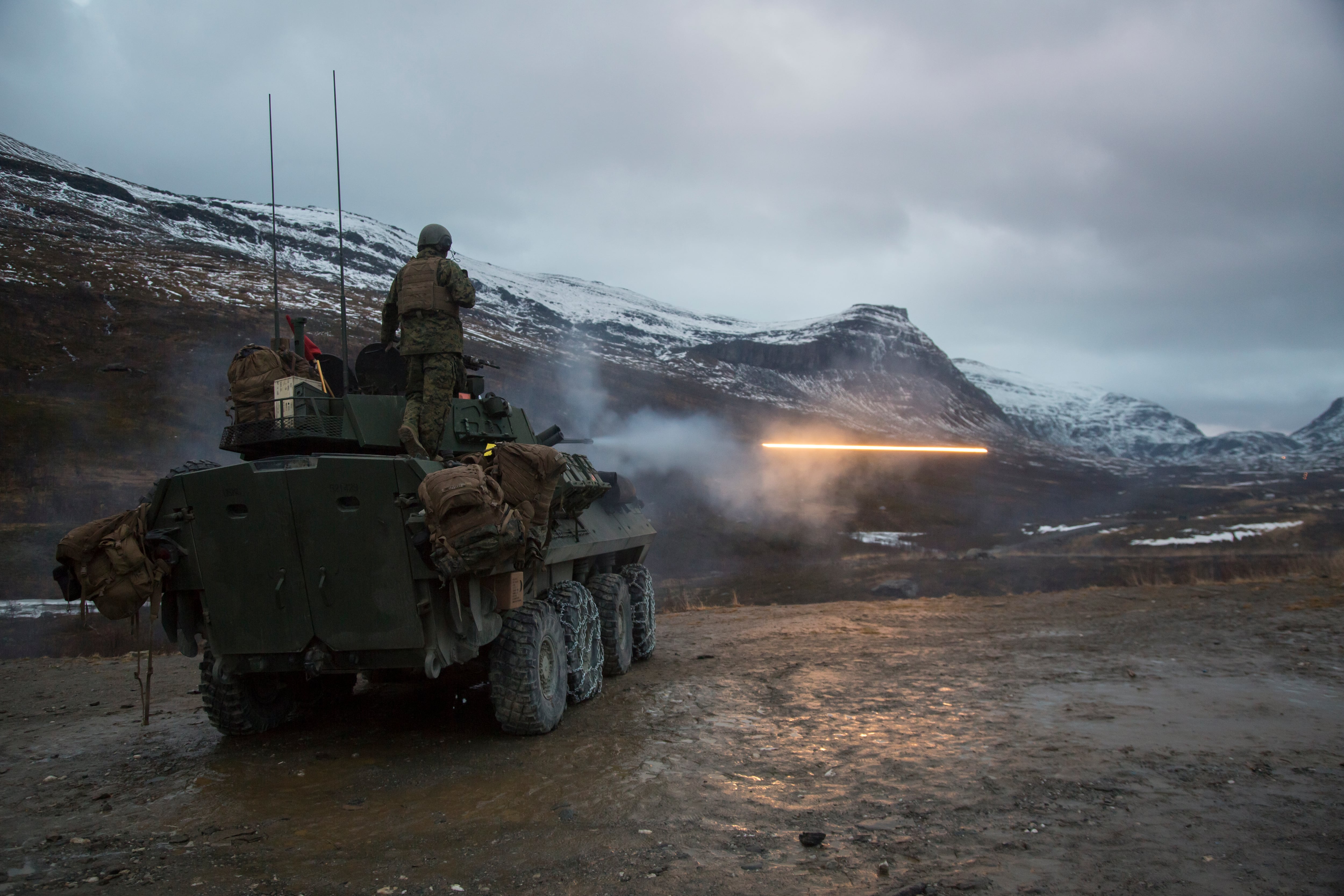WASHINGTON — The top officer in the U.S. Marine Corps is sticking to the planned procurement of the F-35 joint strike fighter — but indicated a willingness to cut planes in the future if analysis says it makes sense.
Marine Commandant Gen. David Berger told reporters Wednesday that he is a firm believer in the capabilities the F-35 is bringing, in particular the jump-jet B model favored by the service. However, Berger made it clear he’s not wedded to long-term procurement plans, at a time the corps is shedding legacy missions as it pivots to focus to a primarily naval-focused service.
“Right now, the program of record plows ahead as it is,” he said. “But I’m signaling to the industry, we have to be prepared to adjust as the operating environment adjusts. Right now, the program of record stays the same, but we will — we must — adapt to the adversary and we must adapt to the operating environment that we’re challenged with being in.”
RELATED

Berger noted that an upcoming independent review of his force posture plans, expected to be completed in the next few months, could be a forcing function for more changes. Already, his planning guidance to the corps changed how many planes are featured in each F-35 squad, from 16 to 10.
Longstanding plans call for the Marines to procure 353 of the F-35B and 67 of the F-35C carrier variants.
“There’s nothing like it,” Berger said of the jet. “The F-35B, the ability to operate from austere airfields and ships both, [is] incredible. In wargames, it’s one of the handful of capabilities that really caused an adversary problems, because it is so flexible, it’s deployable ashore or from ship. Gamechanger is sort of an overused phrase, but I’m a huge advocate of the F-35 and its capabilities.”
Broadly speaking, Berger said, what will drive how many F-35s are in a squadron going forward, or how many the Corps eventually buys, comes down to maintenance — a longstanding issue for the stealthy jet.
“If the maintenance readiness of the F-35 proves to be very, very strong, then of course, like any other system you need less of them because more of them are up all the time. On the other hand, if it turns out not to be so, then you’re going to need more of them, to account for the ones that are in repair, that are down right now,” he said.
Complicating that issue is what he called the “unique” supply chain for the jet, which in theory lets parts flow in from all over the world, as opposed to the traditional U.S. based supply.
“In all aspects, we absolutely know we will learn along the way, and if its appropriate we will make adjustments” to either the squad level or the overall buy, Berger said. “But it’s not a lack of confidence in the airframe at all.”
Aaron Mehta was deputy editor and senior Pentagon correspondent for Defense News, covering policy, strategy and acquisition at the highest levels of the Defense Department and its international partners.




